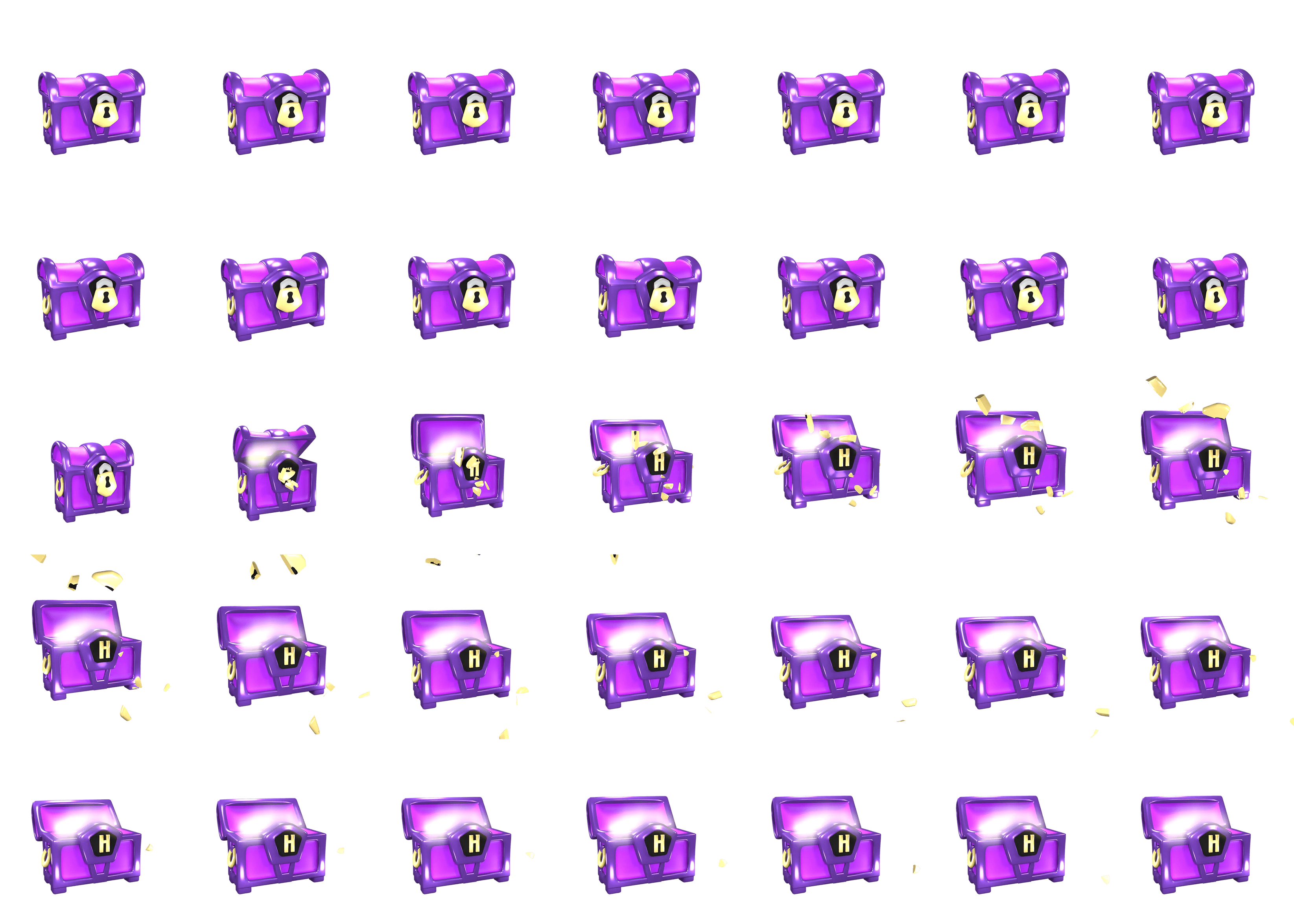
Recursive and Explicit Formulas for Sequences
Sequences and series may be expressed through recursive and explicit formulas. Recursive means returning or repeating. So, recursive formulas use previous terms to find new terms. The old terms keep showing back up, so to speak. On the other hand, explicit means displayed or clear. Explicit formulas express the terms uniquely in terms of the index.
Theory
Recursive Formulas
Recursive formulas express a term in a sequence through previous terms.
The sequence decides what the recursive formula looks like.
Every sequence which follows a pattern has its own recursive formula. The downside of the recursive formula, though, is that you have to find them through inspection of the problem most of the time. For that reason, there is no set course of action that will work on every sequence. But there is still a silver lining:
Rule
How to Find a Recursive Formula
- 1.
- If you need to make the formula with a figure as the starting point, see how the figure changes and use that as a tool.
- 2.
- If you have an arithmetic sequence, the recursive formula is
- 3.
- If you have a geometric sequence, the recursive formula is
Example 1
The world famous Fibonacci sequence is
This sequence is itself recursive, because the previous terms decide what the next term is. You can see from this formula that any given term is dependent on the value of the previous two terms:
Example 2
The triangular numbers,
develop by adding one new diagonal on the existing triangle (these sequences related to figures are important to be familiar with). The recursive formula is
This formula comes from the fact that you add a row to the existing triangle, and this row always has dots. You can see that
Video Crash Courses
Want to watch animated videos and solve interactive exercises about explicit formulas?
Click here to try the Video Crash Course called “Introduction to Sequences”!
Theory
Explicit Formulas
Explicit formulas are algebraic expressions for a given term in a sequence, where the th term is calculated through the index .
Every sequence that follows a pattern has its own explicit formula. The downside of explicit formulas is that they have to be found through inspection of the problem most of the time. For that reason, there is no set course of action that will work on every sequence. Luckily, there is a silver lining:
Rule
How to Find an Explicit Formula
- 1.
- If you need to make the formula based on a figure, you should try to separate the figure into smaller parts made up of known geometric shapes, like triangles, quadrilaterals, and so on.
- 2.
- If you have an arithmetic sequence, the explicit formula is
- 3.
- If you have a geometric sequence, the explicit formula is
Example 3
The sequence of odd numbers look like this:
You already know that all numbers that are divisible by are even numbers. That means the explicit formula for the even numbers is , where is an integer. You also know that every second integer is an odd number, and that every odd number is between two even numbers. That means you can express the odd numbers as . The explicit formula for the th term is then
Example 4
The sequence of triangular numbers is
The explicit formula appears by using the formula for the area of a triangle, . If you add two of these triangles together, the resulting quadrilateral will have length one dot longer than the height .
In general, you’ll get that if the height is , the length will be . Inserting this into the formula for the area you get
This is the explicit formula for the triangular numbers.




















